
How Door Accessories Transform Clean Room Environments: Touch-Free Solutions
- By:hqt
- 2024-05-07
- 29
Explore the range of clean room door accessories by E-ZONG designed to boost hygiene, manage access, and thwart contamination. Dive into hygienic door handles, touchless entry solutions, interlocking systems, seals, and gaskets for enhanced cleanliness and efficiency.
Introduction to Clean Room Door Accessories
1.1 Overview of Clean Room Doors and the Importance of Maintaining Cleanliness
Clean room environments are essential in industries where maintaining strict levels of cleanliness is crucial, such as pharmaceuticals, biotechnology, electronics manufacturing, and aerospace. Clean room doors play a vital role in controlling contamination by providing a barrier between different areas with varying levels of cleanliness. These doors are designed to minimize the entry of particles, microbes, and other contaminants that could compromise the integrity of the clean room. As such, ensuring the proper functioning and maintenance of clean room doors is paramount to upholding the cleanliness standards of these controlled environments.
1.2 Introduction to Accessories that Enhance Functionality and Hygiene
To optimize the performance of clean room doors and further enhance cleanliness, various accessories are available in the market. These accessories not only improve the functionality of the doors but also contribute to maintaining a hygienic environment within the clean room. One such supplier offering a range of clean room door accessories is E-ZONG, known for their innovative solutions designed specifically for clean room environments.
Air Shower Systems: Enhancing Clean Room Entry
2.1 Explanation of Air Shower Systems and Their Role in Removing Contaminants
Air shower systems are a critical component of clean room entry protocols, particularly in environments where high levels of cleanliness are required. These systems work by emitting a high-velocity, HEPA-filtered air stream to remove contaminants from personnel before they enter the clean room. As individuals step into the air shower, the turbulent airflow effectively dislodges particles, dust, and other contaminants from their clothing and body, ensuring they do not carry them into the clean room environment.
2.2 Discussion of Different Types of Air Shower Systems and Their Features
There are several types of air shower systems available, each with its own unique features and benefits. E-ZONG offers a range of air shower systems tailored to meet the specific requirements of different clean room environments. These systems may include features such as adjustable airflow velocity, programmable cycle times, and advanced filtration technology to ensure optimal cleanliness standards are maintained.
2.3 Benefits of Using Air Showers for Maintaining Clean Room Integrity
The use of air shower systems offers numerous benefits for maintaining the integrity of clean room environments. Firstly, they significantly reduce the risk of contamination by removing surface particles and contaminants from personnel before they enter the clean room. This helps to preserve product quality, protect sensitive equipment, and ensure compliance with regulatory standards. Additionally, air shower systems enhance worker safety by minimizing exposure to hazardous substances and contaminants, thereby promoting a healthier work environment.
Automatic Door Systems for Clean Rooms
3.1 Introduction to Automatic Door Systems Designed Specifically for Clean Room Environments
Automatic door systems are another essential accessory for clean room environments, offering numerous advantages over traditional manual doors. These systems are specifically designed to minimize the risk of contamination by eliminating the need for personnel to physically touch the door when entering or exiting the clean room. E-ZONG specializes in providing automatic door solutions tailored to meet the unique requirements of clean room facilities, ensuring seamless operation and enhanced cleanliness.
3.2 Explanation of How These Systems Work and Their Benefits in Maintaining Cleanliness
Automatic door systems utilize various technologies, such as motion sensors, proximity sensors, and air curtains, to detect the presence of personnel and open or close the doors accordingly. By eliminating the need for manual operation, these systems reduce the risk of cross-contamination and help maintain the cleanliness of the clean room environment. Additionally, automatic doors can be programmed to operate with smooth, controlled movements, further minimizing the disruption to airflow and cleanliness levels within the clean room.
3.3 Discussion of Features Such as Motion Sensors, Air Curtains, and Smooth Operation
E-ZONG's automatic door systems come equipped with advanced features to enhance functionality and hygiene. Motion sensors detect the presence of personnel approaching the door, triggering automatic opening without the need for physical contact. Air curtains create a barrier of clean air to prevent contaminants from entering the clean room when the door is open. Furthermore, these systems are designed for smooth operation, ensuring minimal noise and vibration to maintain the controlled environment of the clean room.

Minimizing Contamination with Hygienic Door Handles and Touchless Entry Solutions
4.1 Importance of Minimizing Contact Points in Clean Room Environments
In clean room environments, maintaining strict cleanliness standards is paramount to ensure product quality and safety. One critical aspect of cleanliness is minimizing contact points, as each touch surface presents a potential source of contamination. Clean room door handles, in particular, are high-touch surfaces that can harbor bacteria and other contaminants, posing a risk to the clean room environment and its occupants.
4.2 Overview of Hygienic Door Handles and Touchless Entry Solutions
To address the challenge of minimizing contact points, manufacturers like E-ZONG offer a range of hygienic door handles and touchless entry solutions specifically designed for clean room environments. These innovative accessories help reduce the risk of cross-contamination by eliminating the need for physical contact with door handles or entry devices.
4.3 Discussion of Different Types of Touchless Entry Systems
There are several types of touchless entry systems available, each offering unique advantages in terms of convenience, reliability, and hygiene. E-ZONG's offerings may include:
1) RFID Entry Systems: RFID (Radio Frequency Identification) technology allows authorized personnel to access clean rooms with a simple swipe or tap of an RFID card or badge. This system eliminates the need for physical keys or keycards, reducing the risk of contamination associated with traditional entry methods.
2) Motion Sensor Entry Systems: Motion sensor-based entry systems detect the presence of personnel approaching the door and automatically trigger the door to open. This hands-free operation minimizes the need for physical contact with entry devices, improving hygiene and convenience for users.
3) Foot-Operated Mechanisms: Foot-operated entry mechanisms allow users to open doors using their feet, eliminating the need for hand contact altogether. These mechanisms are particularly useful in environments where hands-free operation is critical for maintaining cleanliness standards.
By incorporating hygienic door handles and touchless entry solutions into clean room environments, facilities can reduce the risk of cross-contamination and enhance overall cleanliness standards.
Ensuring Controlled Access with Door Interlocking Systems
5.1 Explanation of Door Interlocking Systems and Their Role in Maintaining Controlled Access
Door interlocking systems play a crucial role in maintaining controlled access to clean room environments. These systems are designed to prevent cross-contamination by ensuring that only one door is open at a time. By interlocking the doors, the system creates a controlled flow of personnel and materials, minimizing the risk of contaminants entering or exiting the clean room.
5.2 Discussion of How These Systems Prevent Cross-Contamination
The primary function of door interlocking systems is to prevent multiple doors from being open simultaneously, thereby minimizing the potential for contaminants to enter or exit the clean room. When one door is open, the interlocking system automatically locks or seals the adjacent doors, preventing access until the first door is closed. This sequential operation helps maintain the integrity of the clean room environment and ensures compliance with cleanliness standards.
5.3 Overview of Different Types of Door Interlocking Systems
E-ZONG offers a variety of door interlocking systems tailored to meet the specific requirements of different clean room applications. These systems may include:
1) Electromagnetic Interlocking Systems: Electromagnetic interlocking systems use magnets to control the operation of the doors, ensuring that only one door can be open at a time. These systems are highly reliable and suitable for high-security clean room environments.
2) Mechanical Interlocking Systems: Mechanical interlocking systems utilize mechanical mechanisms to interlock the doors, preventing simultaneous opening. These systems are robust and durable, making them suitable for industrial clean room applications.
3) Programmable Logic Controller (PLC) Based Systems: PLC-based interlocking systems offer advanced control and customization options, allowing facility managers to tailor the interlocking sequence to specific workflow requirements. These systems are ideal for clean rooms with complex access control needs.
By implementing door interlocking systems from suppliers like E-ZONG, clean room facilities can ensure controlled access, minimize the risk of cross-contamination, and maintain compliance with cleanliness standards.

Preventing Contaminant Ingress with Clean Room Door Seals and Gaskets
6.1 Importance of Effective Sealing in Clean Room Doors
Effective sealing is essential for preventing contaminant ingress through clean room doors. Seals and gaskets act as barriers, sealing the gaps between the door and the door frame to prevent the entry of airborne particles, dust, and other contaminants. Proper sealing not only helps maintain cleanliness standards but also contributes to energy efficiency and regulatory compliance.
6.2 Explanation of Different Types of Seals and Gaskets Used in Clean Room Doors
There are several types of seals and gaskets used in clean room doors, each offering unique benefits in terms of performance and durability. E-ZONG provides a range of sealing solutions designed to meet the specific requirements of clean room environments. These may include:
1) Neoprene Seals: Neoprene seals are highly resistant to abrasion, ozone, and weathering, making them ideal for clean room applications where durability is paramount. These seals provide excellent sealing properties, helping to maintain cleanliness standards and prevent contaminant ingress.
2) Silicone Gaskets: Silicone gaskets offer superior temperature resistance and flexibility, making them suitable for clean rooms that require a wide range of operating temperatures. These gaskets provide an effective seal against airborne contaminants while accommodating door movement and vibration.
3) EPDM Seals: EPDM (Ethylene Propylene Diene Monomer) seals offer excellent resistance to weathering, ozone, and UV exposure, making them ideal for outdoor clean room applications. These seals provide reliable sealing performance, even in harsh environmental conditions, ensuring long-term protection against contaminant ingress.
6.3 Discussion of Features such as Material Composition, Durability, and Ease of Cleaning
When selecting seals and gaskets for clean room doors, factors such as material composition, durability, and ease of cleaning are essential considerations. E-ZONG's sealing solutions are designed to meet the highest standards of cleanliness and reliability, with features such as:
1) Non-porous surfaces that are easy to clean and disinfect.
2) High-quality materials that resist degradation and maintain sealing performance over time.
3) Customizable designs to accommodate specific door configurations and application requirements.
By choosing seals and gaskets from suppliers like E-ZONG, clean room facilities can ensure effective containment of contaminants, maintain cleanliness standards, and protect sensitive processes and equipment from external influences.
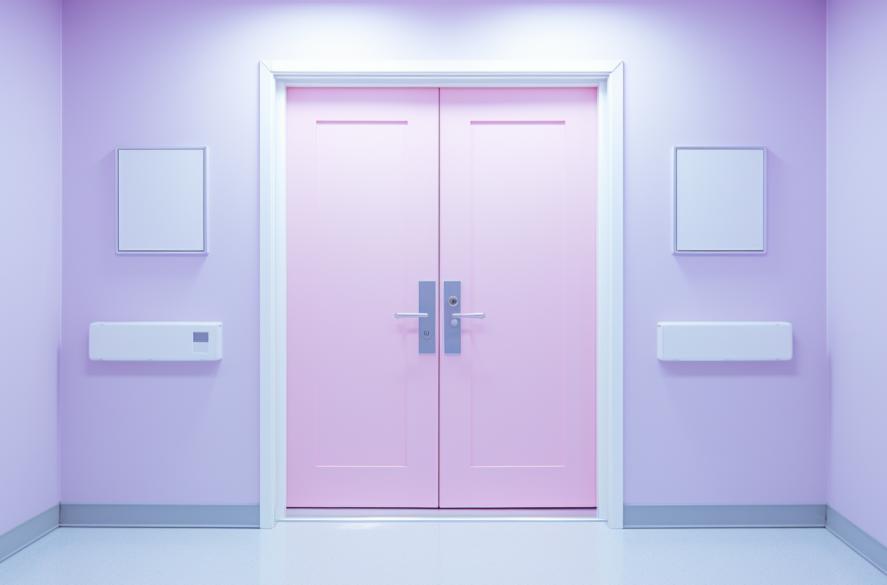
Conclusion
In conclusion, clean room door accessories play a crucial role in maintaining the cleanliness and integrity of controlled environments. By investing in accessories such as air shower systems and automatic door systems from suppliers like E-ZONG, clean room facilities can enhance cleanliness standards, improve worker safety, and ensure compliance with regulatory requirements.
-
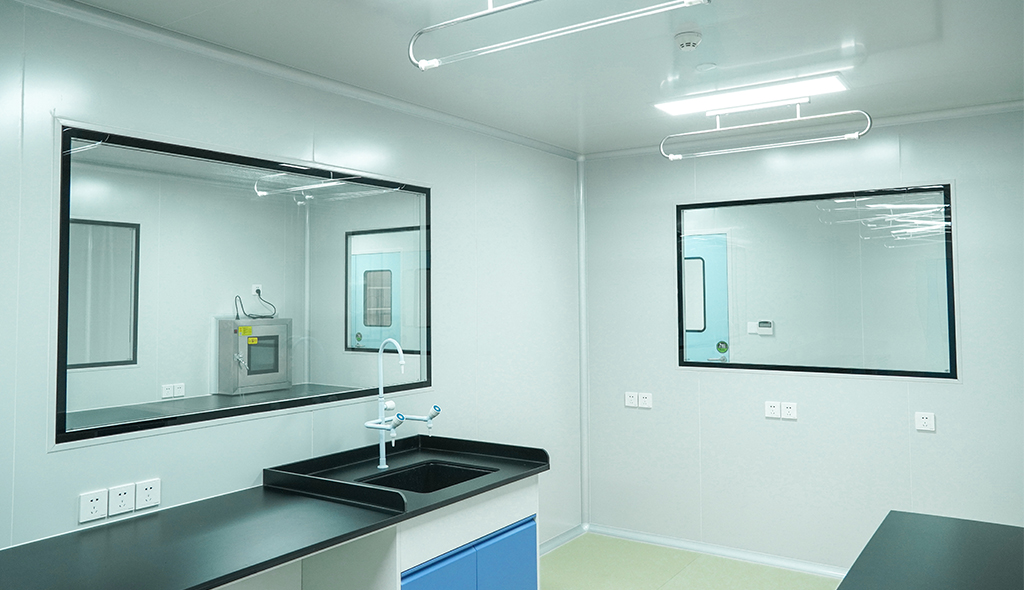 Cleanroom Glass Windows Are The Key to Maintaining a Clean Environment
Cleanroom Glass Windows Are The Key to Maintaining a Clean Environment -
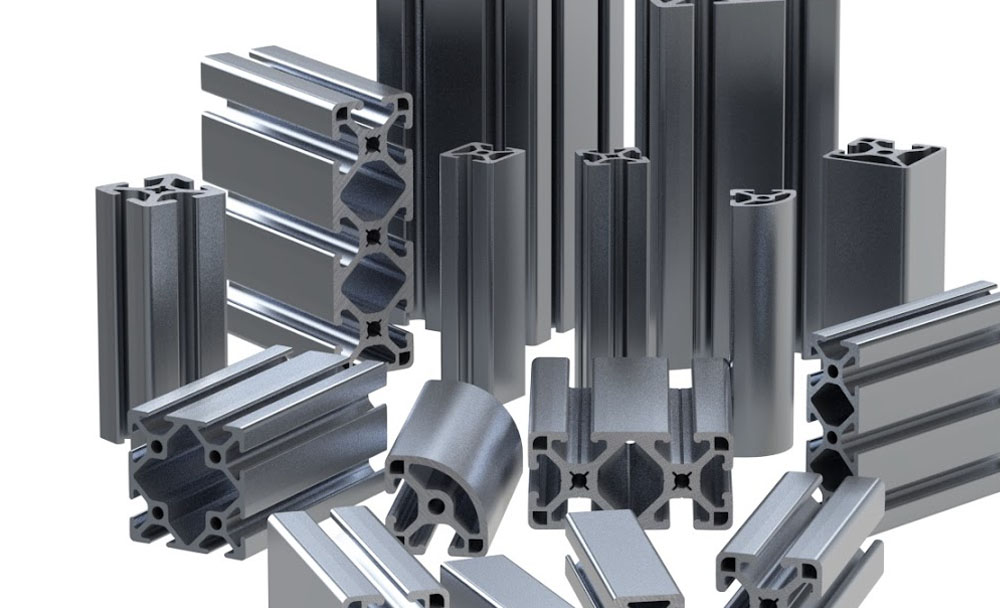 Top Aluminium Profile Manufacturers in China: Leading the Global Market
Top Aluminium Profile Manufacturers in China: Leading the Global Market -
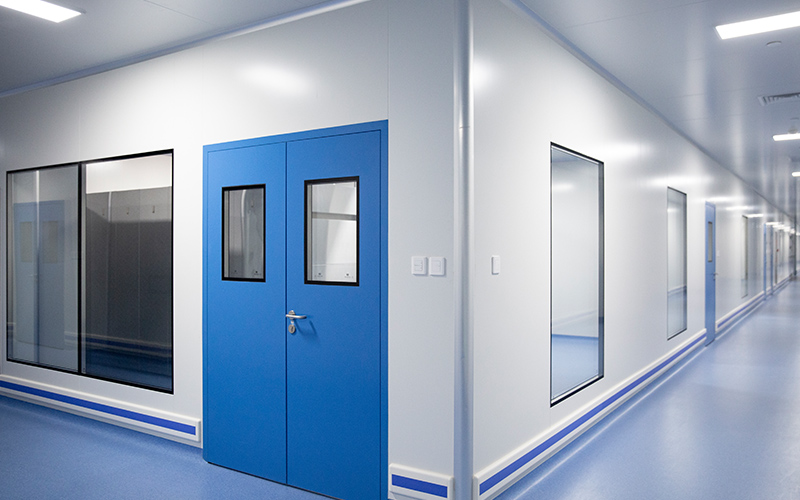 The Evolution of Air Tight Sliding Doors
The Evolution of Air Tight Sliding Doors -
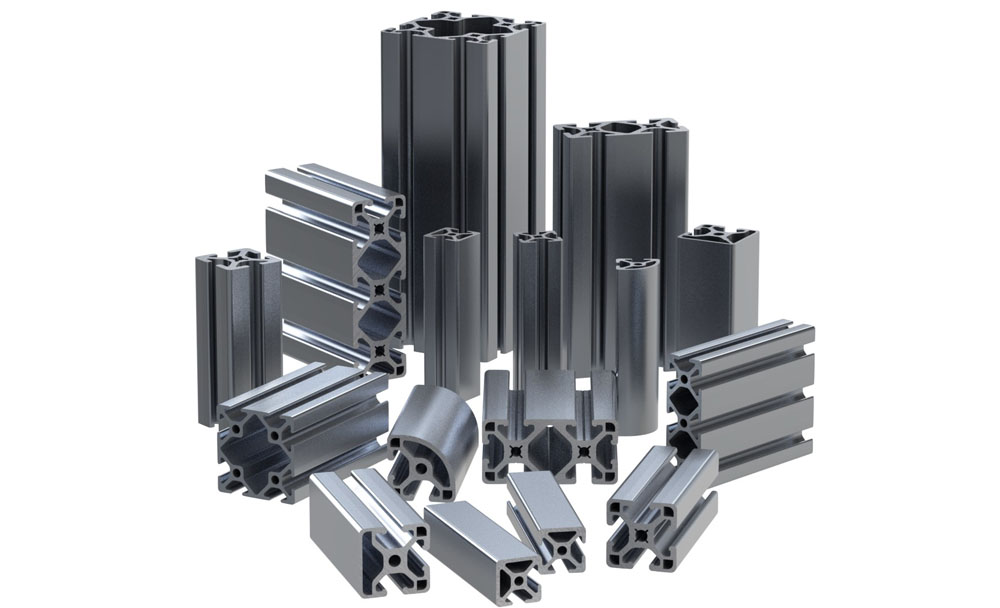 AHU Aluminium Profile: A Comprehensive Guide
AHU Aluminium Profile: A Comprehensive Guide -
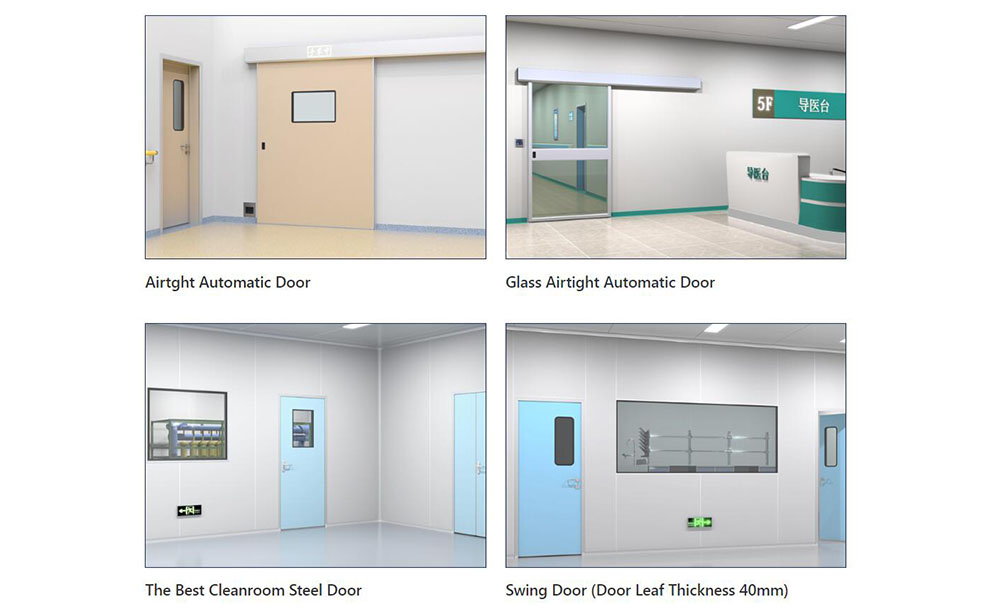 The Importance of Choosing the Right Cleanroom Door in Vietnam
The Importance of Choosing the Right Cleanroom Door in Vietnam -
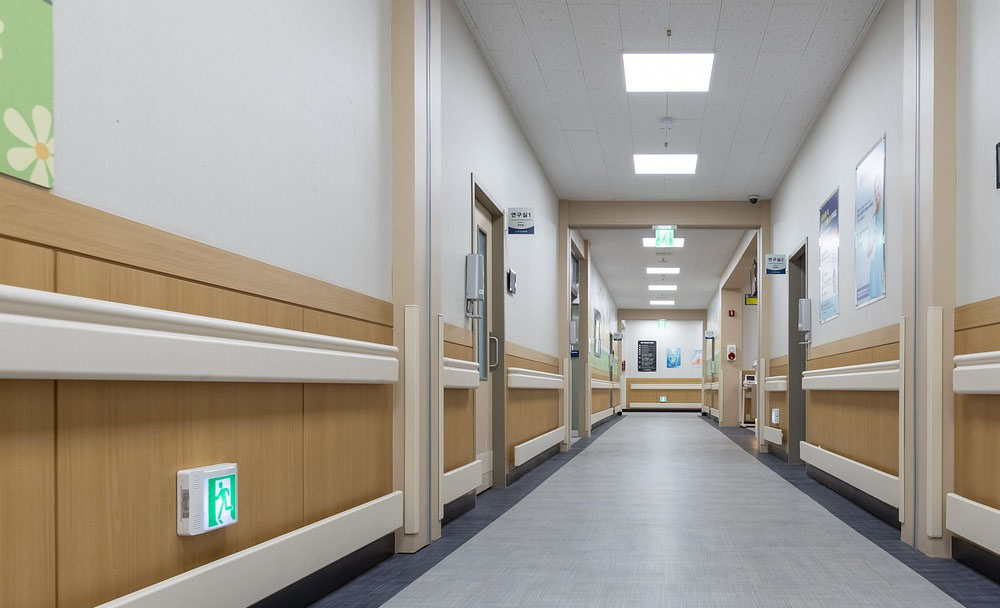 The Benefits of Hospital Automatic Doors: Enhancing Efficiency and Safety
The Benefits of Hospital Automatic Doors: Enhancing Efficiency and Safety -
.jpg) The Best Bathroom Door Manufacturers - Unlocking Endless Possibilities!
The Best Bathroom Door Manufacturers - Unlocking Endless Possibilities! -
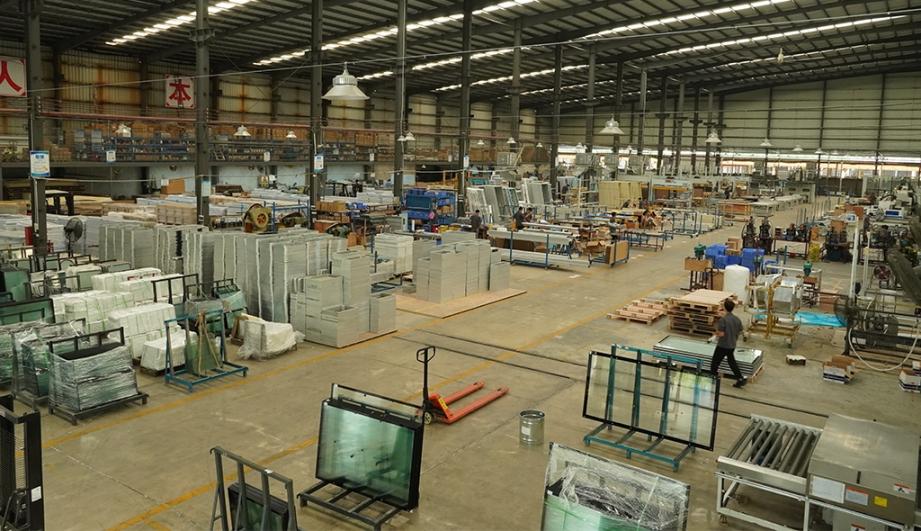 Unlock the Possibilities with AJ Manufacturing Doors
Unlock the Possibilities with AJ Manufacturing Doors -
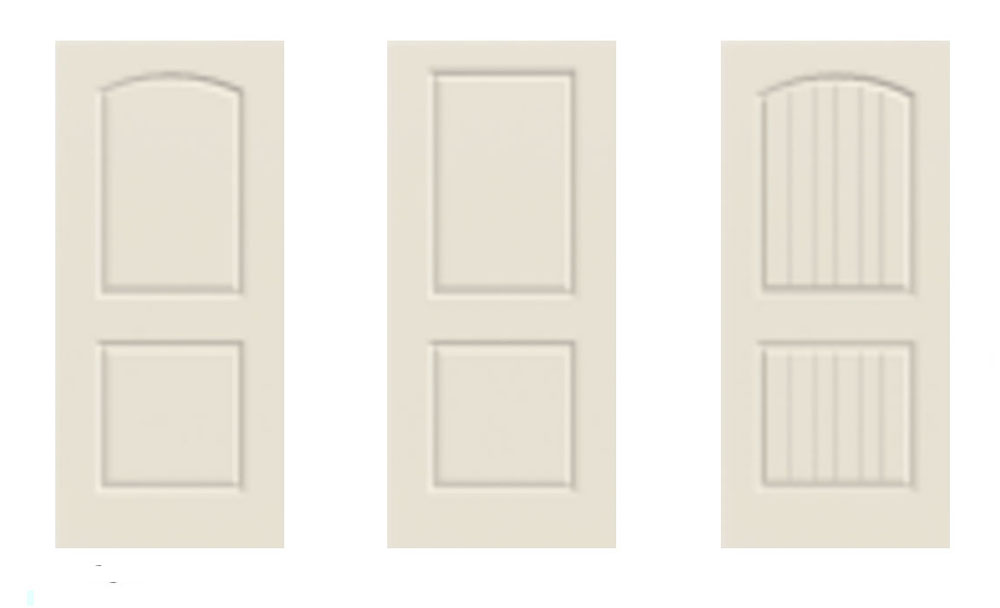 Make a Statement with Manufactured Home Interior Doors!
Make a Statement with Manufactured Home Interior Doors! -
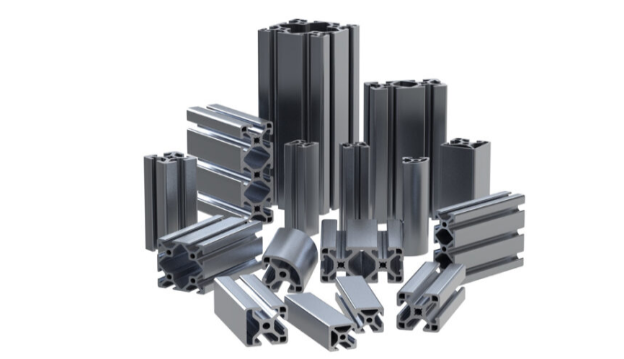 what is aluminum profile? Aluminum Profiles for Your Home is the best option
what is aluminum profile? Aluminum Profiles for Your Home is the best option
-
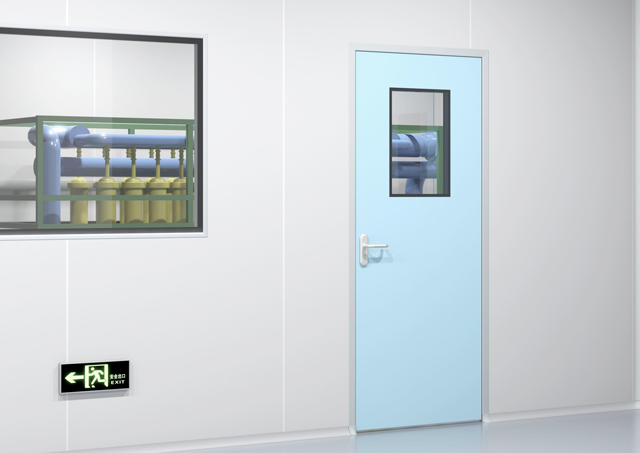 Next-Gen Medical Cleanroom Access: Introducing the Cleanroom Steel Door Solution
Next-Gen Medical Cleanroom Access: Introducing the Cleanroom Steel Door Solution -
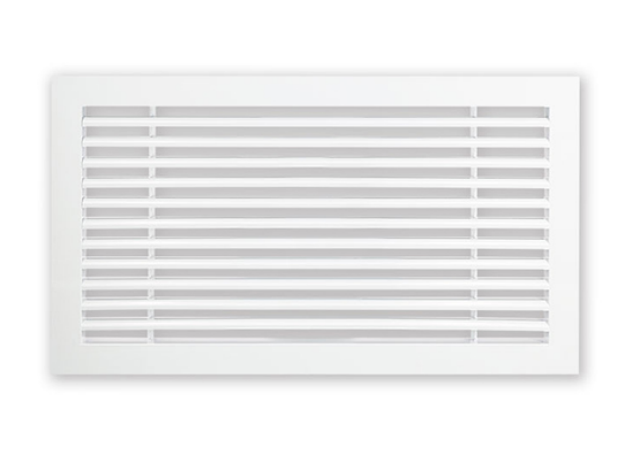 Linear Bar Grille Air Conditioning Diffuser with 0° Angle Blades for Perfect Airflow
Linear Bar Grille Air Conditioning Diffuser with 0° Angle Blades for Perfect Airflow -
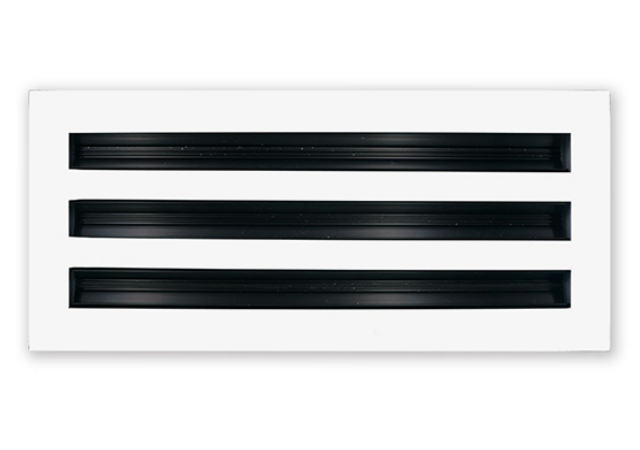 The Sleek and Efficient Linear Slot Diffuser for Air Vent
The Sleek and Efficient Linear Slot Diffuser for Air Vent -
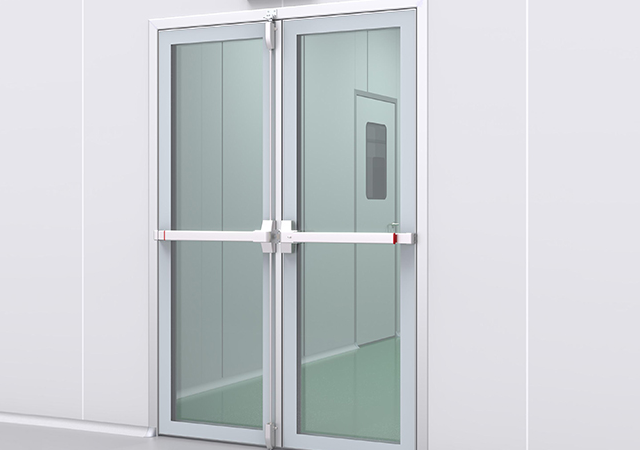 Double-Swing Glass Doors - Modern Laboratory Cleanroom Doors
Double-Swing Glass Doors - Modern Laboratory Cleanroom Doors -
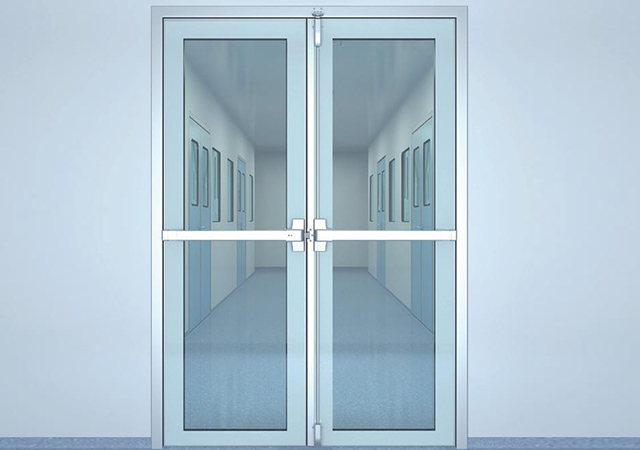 Superior Aluminium Glass Swing Door - Pharmaceutical Cleanroom Door
Superior Aluminium Glass Swing Door - Pharmaceutical Cleanroom Door -
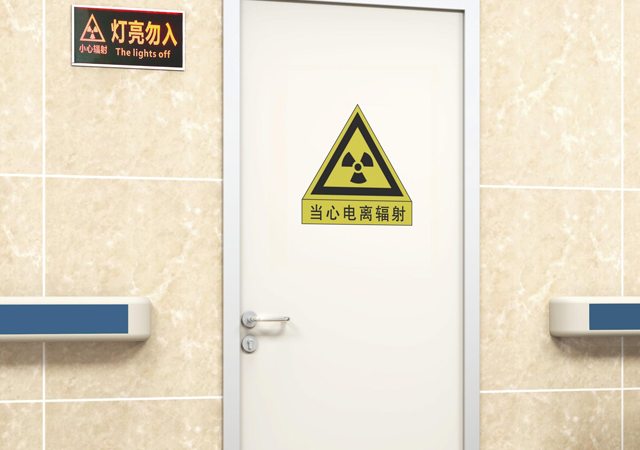 E-ZONG Leads the Way in China's Medical Lead Protection Doors: Innovation for Safety and Efficiency
E-ZONG Leads the Way in China's Medical Lead Protection Doors: Innovation for Safety and Efficiency -
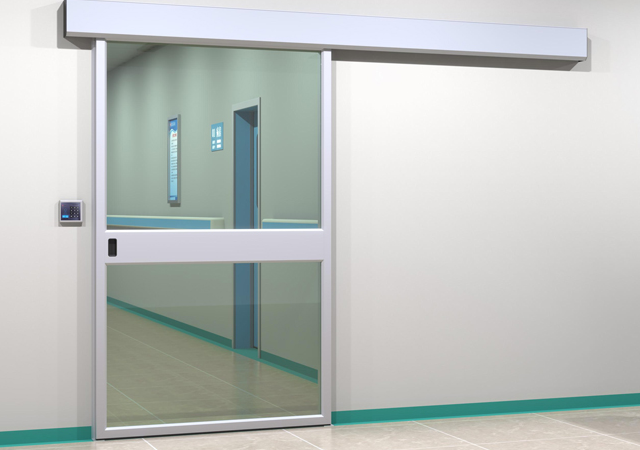 E-ZONG: Leading the Suppliers of Glass Airtight Automatic Doors for Safer, Cleaner Spaces
E-ZONG: Leading the Suppliers of Glass Airtight Automatic Doors for Safer, Cleaner Spaces -
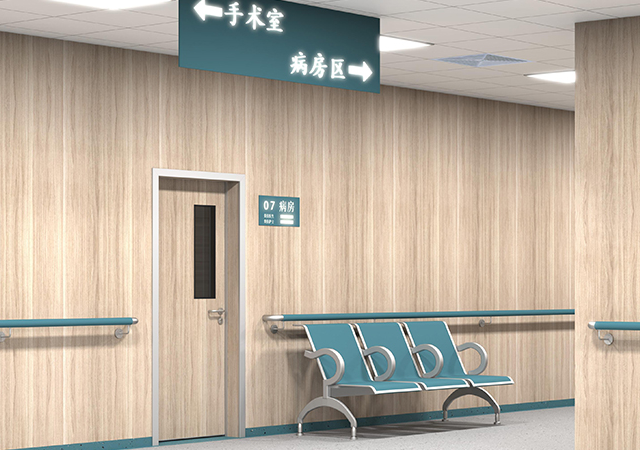 How Wall Air-Tight Swing Doors Ensure Clean Environments With Secure & Silent
How Wall Air-Tight Swing Doors Ensure Clean Environments With Secure & Silent -
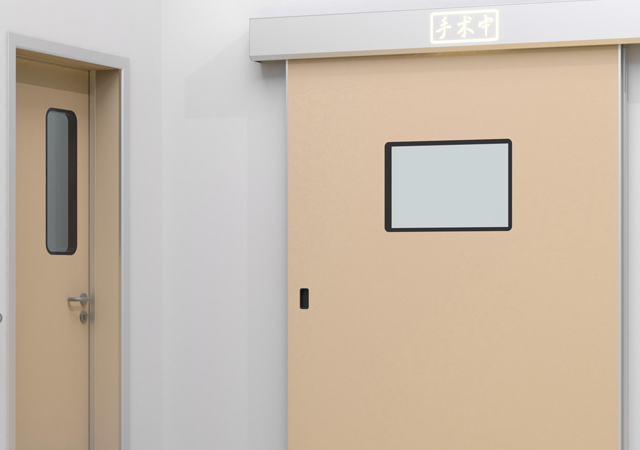 Seamless Automatic Cleanroom Sliding Doors: Smooth, Safe, and Hygienic Solutions
Seamless Automatic Cleanroom Sliding Doors: Smooth, Safe, and Hygienic Solutions -
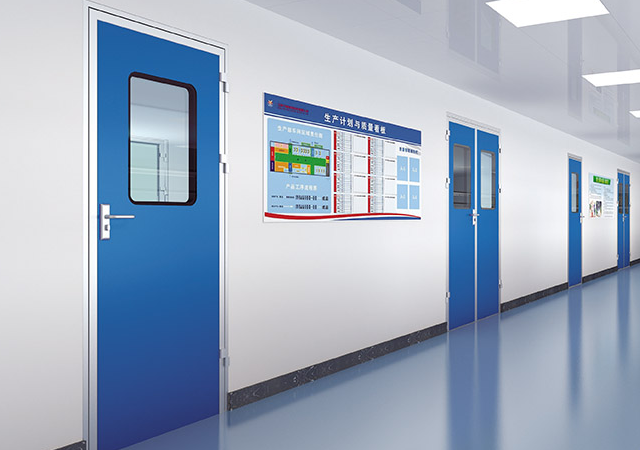 Elegant & Durable: Premium Swing Door Protection for Hospitals
Elegant & Durable: Premium Swing Door Protection for Hospitals

Guangzhou Yizhong Aluminum Industry Co., Ltd.
We are always providing our customers with reliable products and considerate services.
We are always providing our customers with reliable products and considerate services.
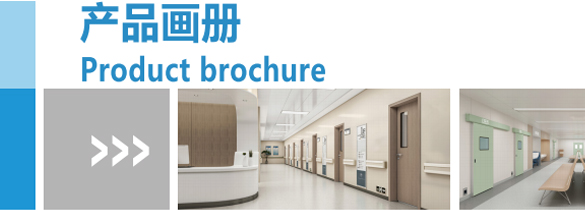
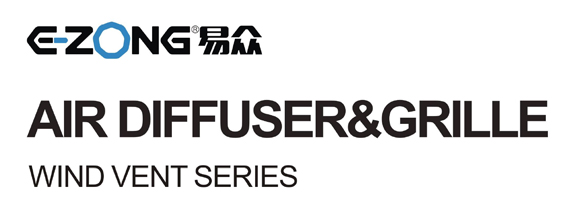

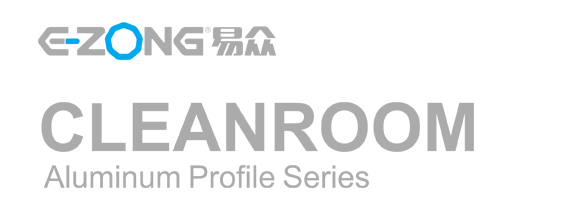






Speak Your Mind